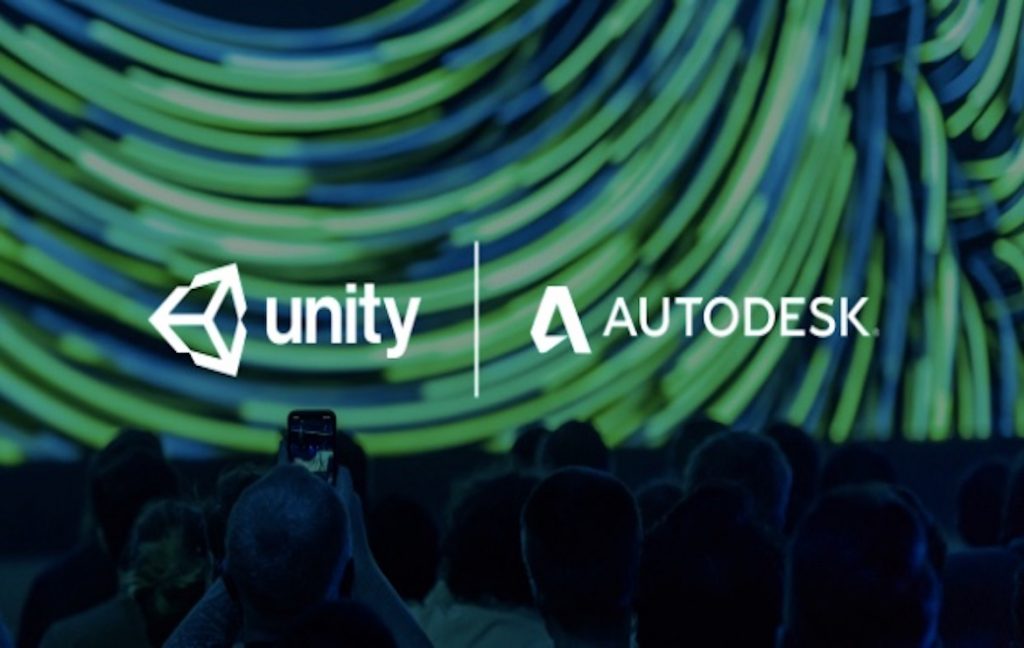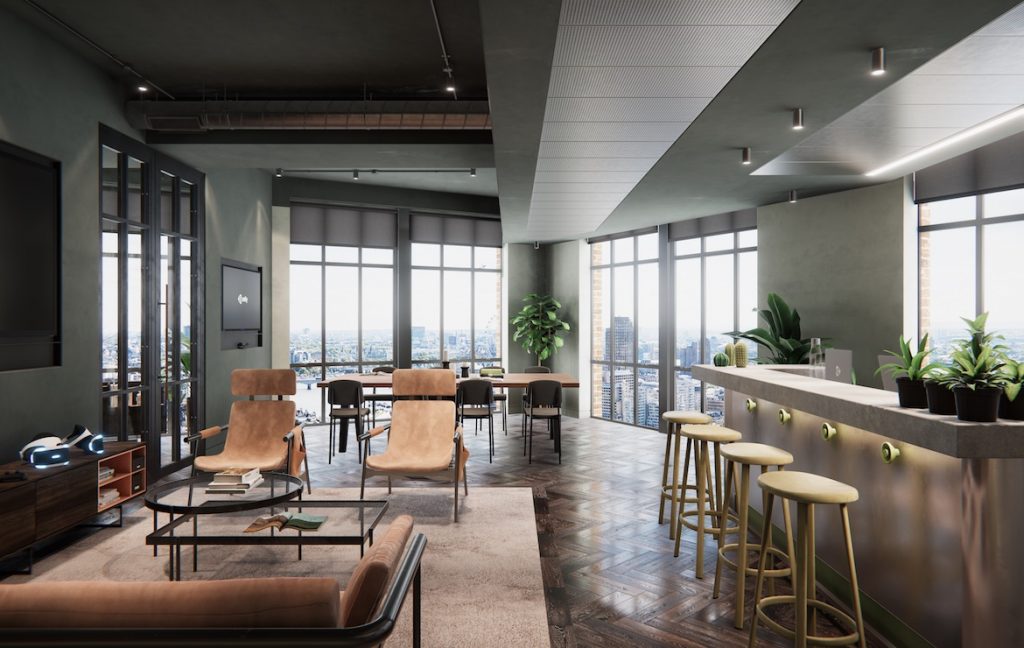

Architectural design of Unity’s London office, made with Unity and Autodesk 3ds Max
- Revit: Users can now turn Revit models into immersive experiences with a single click. This helps architects explore, understand, and share their designs with stakeholders, identify errors early, and save time and money during construction.
- VRED: The Unity-VRED integration bridges the automotive industry, enabling faster decision-making and accelerating time-to-market. High-fidelity VRED data can be reused for marketing, sales, and training applications, creating more engaging and interactive experiences.
- Shotgun: A new integrated solution will simplify asset management for teams using Unity in film, TV, and gaming. Artists can focus on creativity while Shotgun handles file management, and animators can get real-time feedback on lighting, camera angles, and more.
Nano Steam Jet Mill,Mineral Steam Jet Mill,Boehmite Steam Jet Mill,Lab Scale Steam Jet Mill
Mianyang Liuneng Powder Equipment Co., Ltd , https://www.lnpepowder.com
